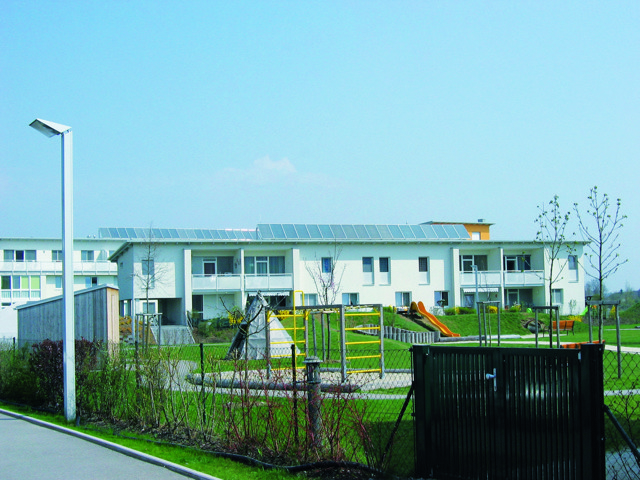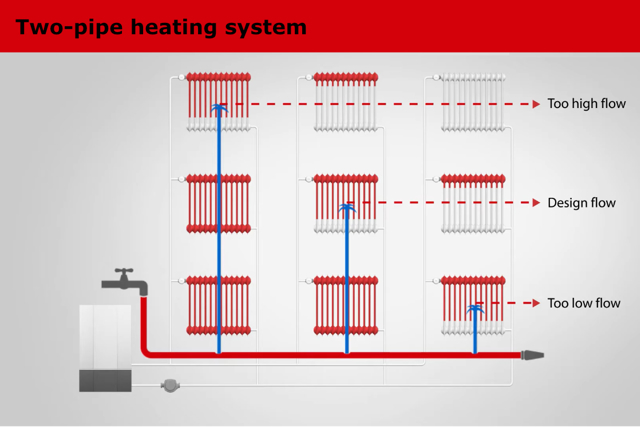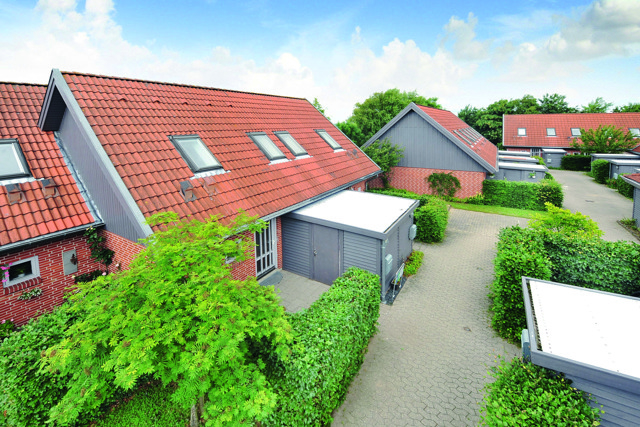Over 80% of all existing heating systems indicate immense potential for optimization. Hydronic balancing ensures the optimal flow distribution in a heating system, which means that the right amount of water is available in the right place at the right time.
Optimal flow distribution is not just a question of finding suitable components, it also requires good understanding of a heating system. Your system needs to be analyzed, calculated, adjusted, and optimized.
Hydronic balancing is one of the most important measures for optimizing heating systems. Although all experts are aware of this measure, it is still difficult to draw clear distinctions between its variants – static, dynamic and auto-balancing. This is because no clear terminology has been developed and the individual designations are therefore used inconsistently. Therefore, it is time to bring clarity and order to the terms. In this article you will get an overview of the variants of hydronic balancing and highlight ways of differentiation.

How to increase the energy efficiency of heating systems
With switching from natural gas to district heating or heat pump there are some aspects that you should always take into consideration.



